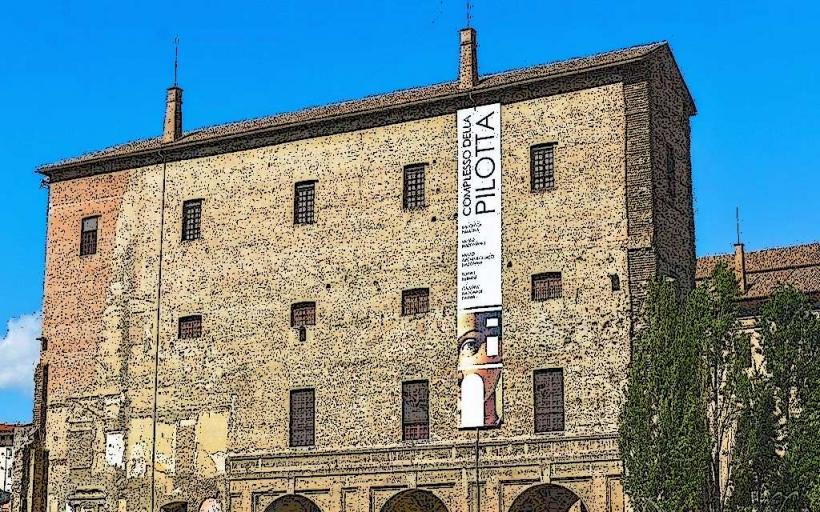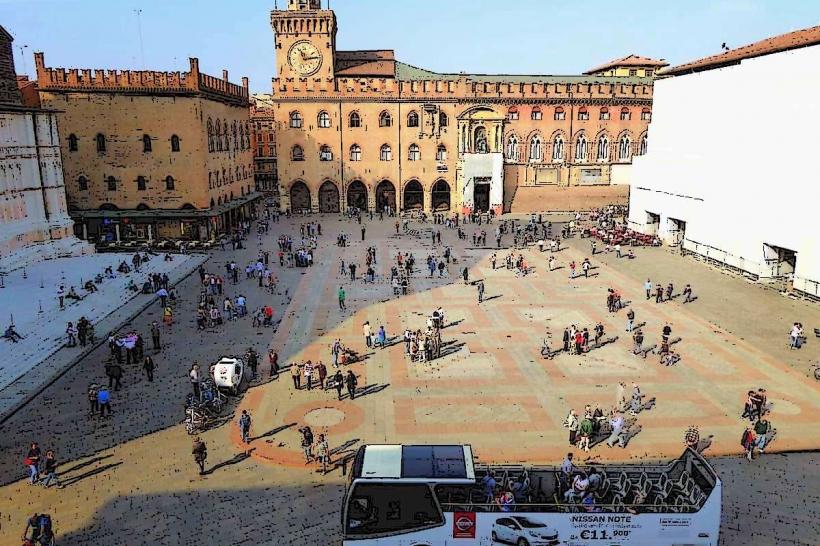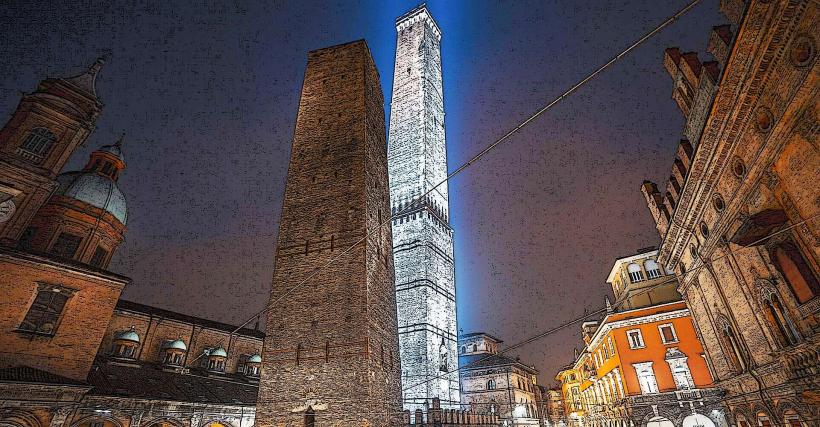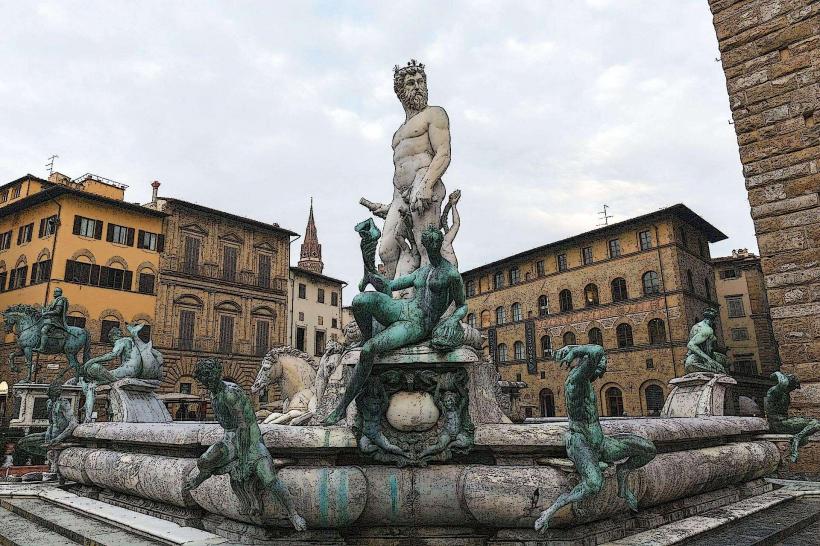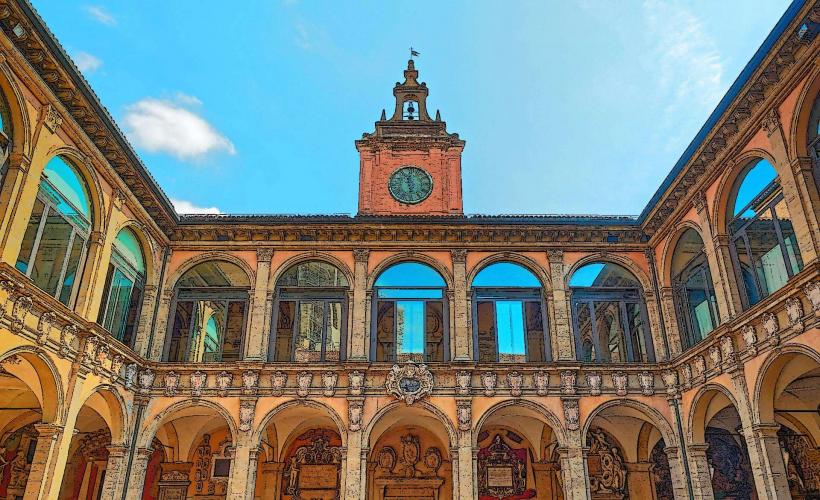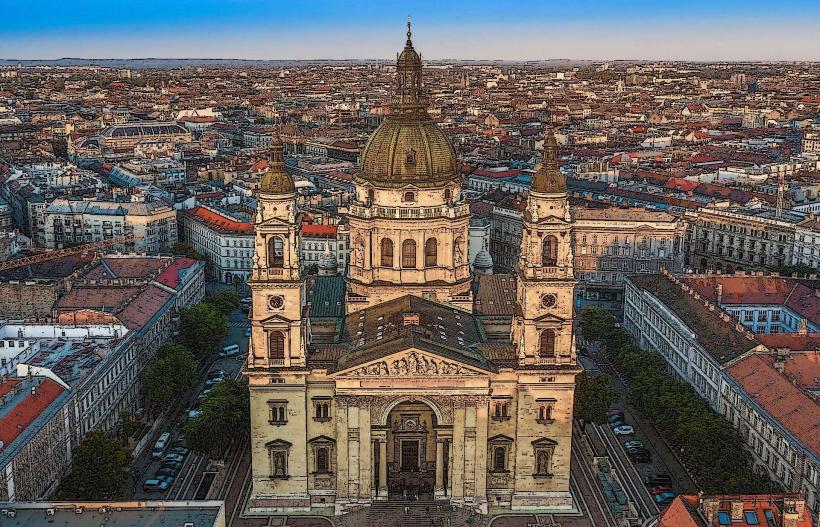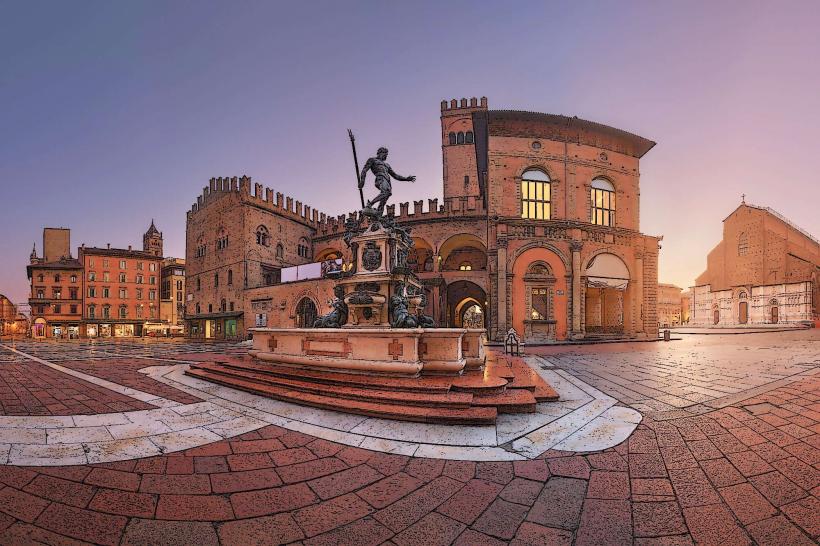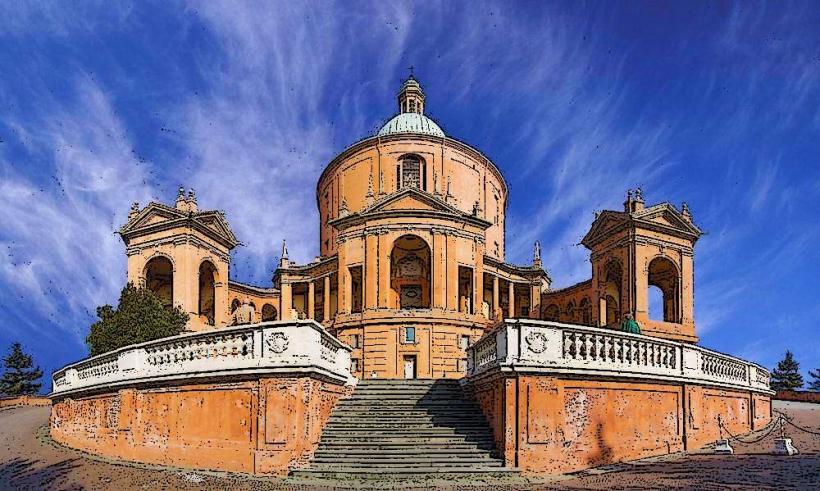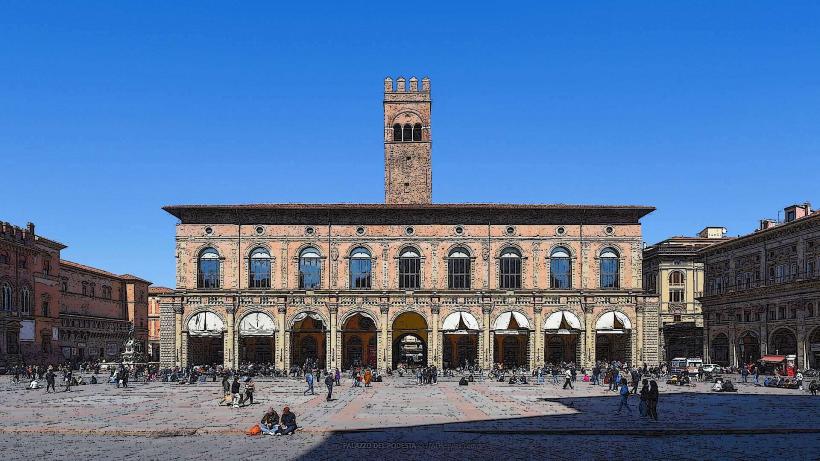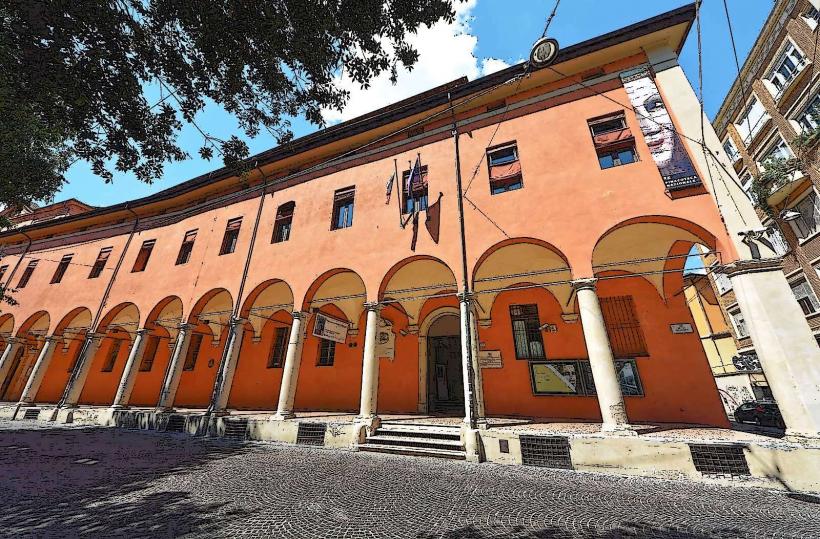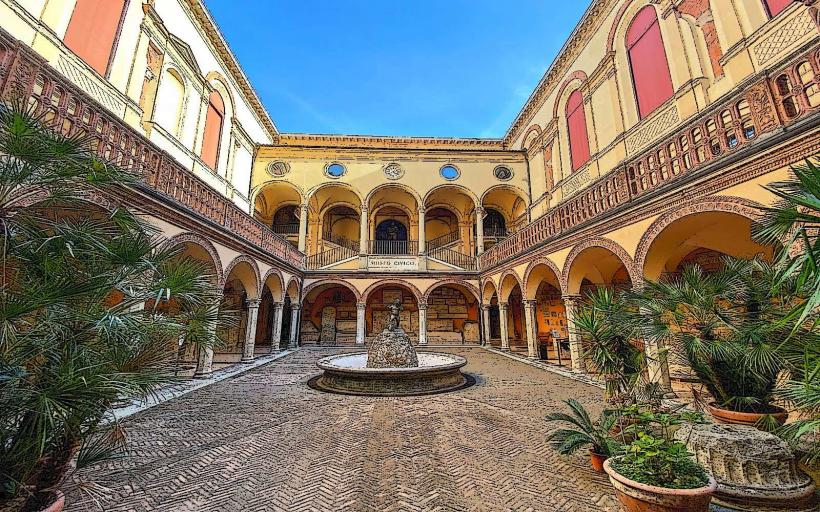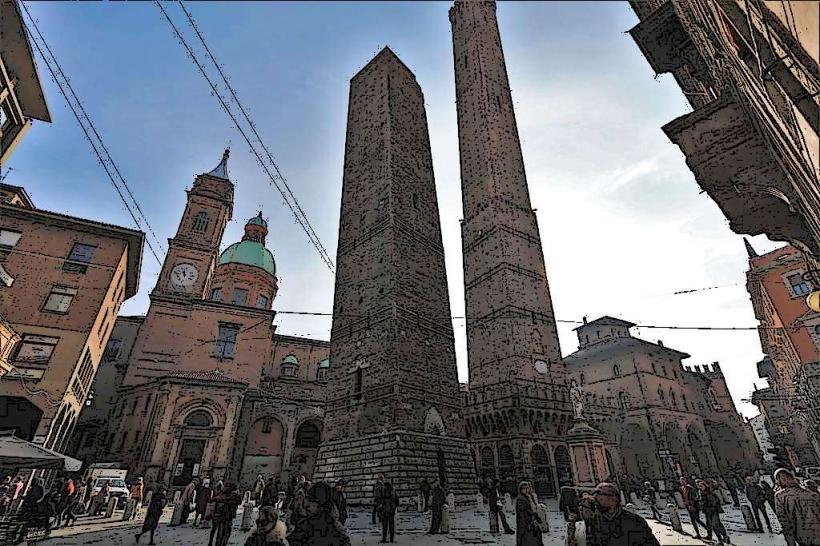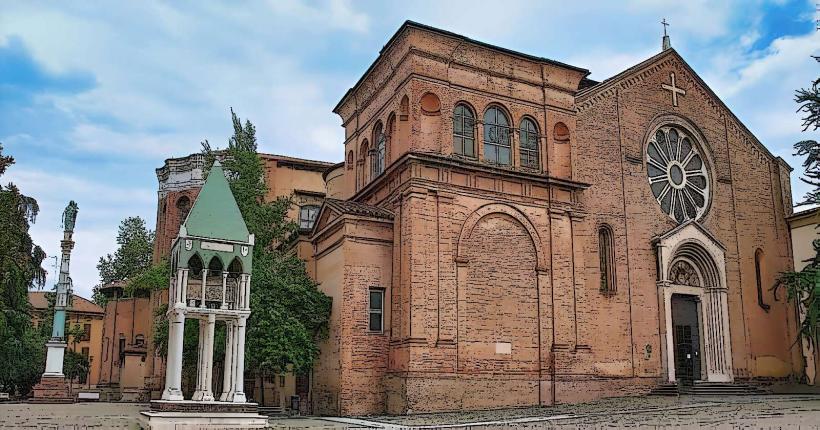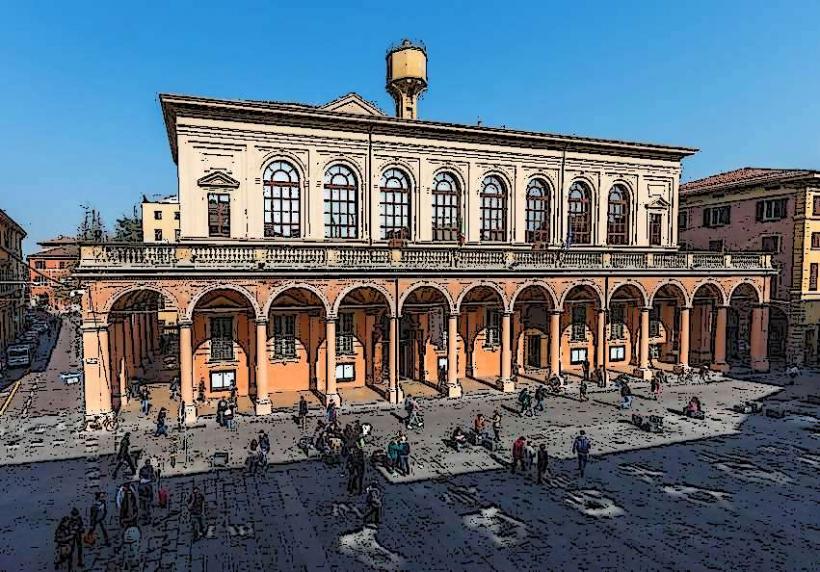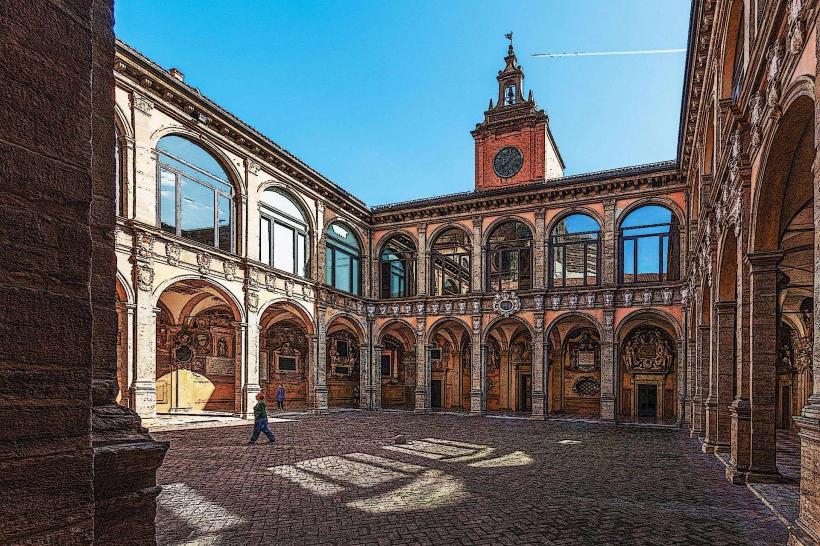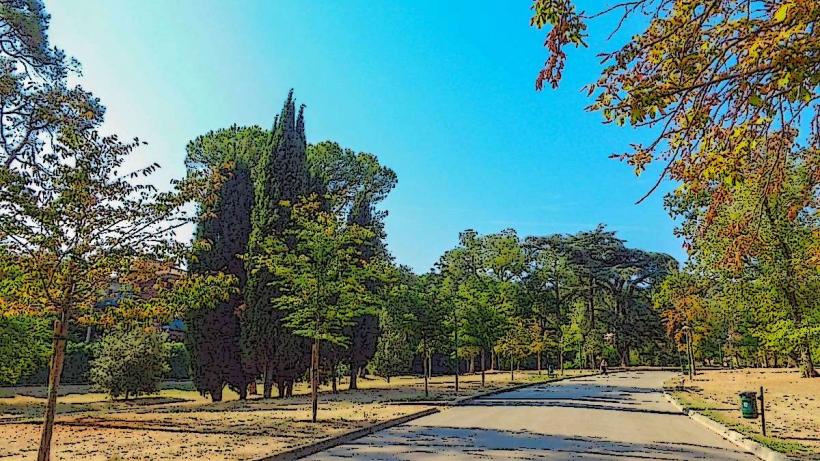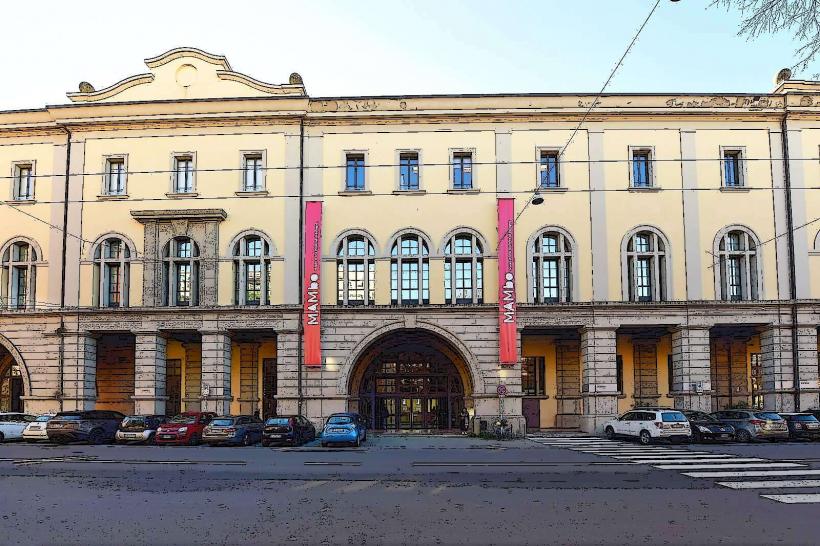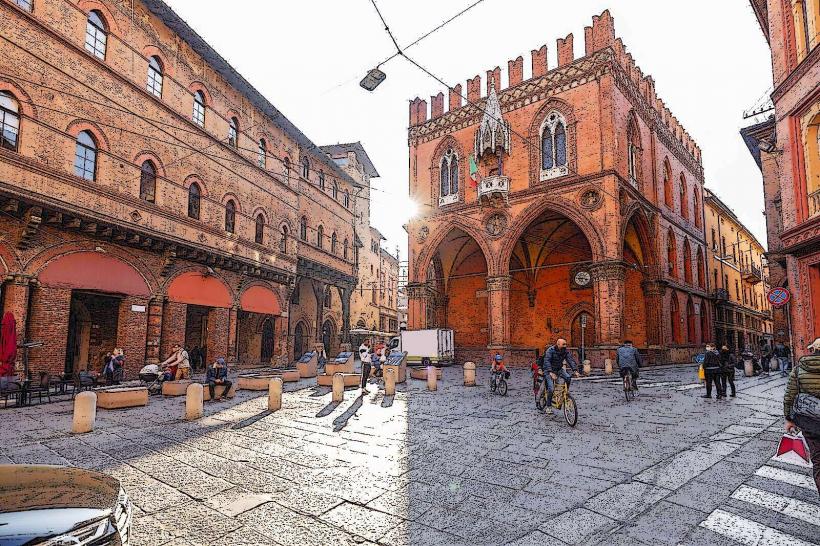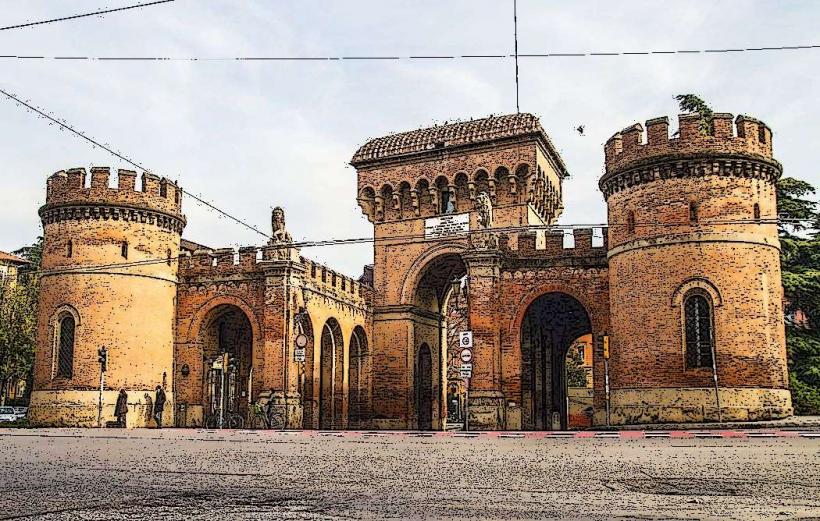Information
Landmark: The Basilica of Sant ApolloniaCity: Bologna
Country: Italy
Continent: Europe
The Basilica of Sant'Apollonia is a historic church located in Ravenna, Italy, known for its stunning mosaic decorations and its importance as a key site in the city’s early Christian architectural heritage. Ravenna itself is renowned for its wealth of Byzantine art and early Christian monuments, and the Basilica of Sant'Apollonia is a prime example of this artistic and religious heritage.
Key Features and Highlights:
Historical Background:
- The Basilica of Sant'Apollonia was originally built in the 6th century, during the reign of the Byzantine Emperor Justinian I, a period in which Ravenna was an important center of the Byzantine Empire in Italy.
- The basilica is dedicated to Saint Apollonia, the patron saint of dentists, who is traditionally depicted in Christian art holding a pair of pincers and a tooth (referencing her martyrdom). Saint Apollonia was a 3rd-century Christian martyr who suffered under Roman persecution.
Architectural Style:
- The Basilica of Sant'Apollonia is a significant example of early Christian architecture, characterized by its simple yet elegant design. It follows a traditional basilica plan with a nave, two aisles, and an apse at the eastern end.
- The church’s façade is rather austere, in keeping with early Christian design that emphasized the interior as the focal point of worship. The exterior has undergone some changes over the centuries, particularly after it was abandoned as a functioning church and repurposed for different uses.
Mosaics and Artworks:
- One of the most remarkable features of the Basilica of Sant'Apollonia is its mosaic decoration. The mosaics date back to the 6th century, during the time of Byzantine influence in Ravenna.
- The mosaic in the apse is a striking feature, depicting Christ Pantocrator (Christ as the ruler of the universe) in a traditional Byzantine style. Surrounding Christ are figures of saints, creating a visually powerful representation of the sacred.
- The mosaics in the basilica feature bright colors and intricate designs that are characteristic of the Byzantine mosaic tradition. They are a significant example of the Byzantine artistic influence in Ravenna, which is known for its exquisite and detailed mosaics.
- Other notable mosaics in the church include scenes of biblical figures and saints, which reflect the religious significance of the basilica during the time of its construction and use.
Iconography and Symbolism:
- The mosaics and decorations inside the basilica are rich in Christian iconography. The imagery used in the mosaics includes scenes of Christ, the Virgin Mary, angels, and various martyrs. These figures are depicted with great spiritual reverence and are meant to inspire worship and contemplation.
- The mosaics reflect a period in which Ravenna was a center of Byzantine culture, and its art is heavily influenced by the Eastern Roman Empire. The basilica’s mosaics convey the theological and spiritual concerns of the time, including the representation of heavenly glory, the divine realm, and the salvation of the soul.
Subsequent History and Preservation:
- After its initial construction, the basilica underwent several phases of modification and alteration. In the 9th century, the basilica was abandoned as a religious site, and it was repurposed for various secular uses.
- The basilica remained somewhat neglected for centuries, and it wasn’t until the 19th century that efforts were made to preserve the mosaics and return the church to its historical state as a monument of Byzantine art.
- Today, the Basilica of Sant'Apollonia is an important part of Ravenna’s UNESCO World Heritage Site, which recognizes the city's exceptional collection of early Christian mosaics and monuments.
Visitor Experience:
- Visitors to the Basilica of Sant'Apollonia can admire the church's stunning mosaics, which are some of the finest in Ravenna. The atmosphere inside the basilica is serene, and the artistic decoration offers a glimpse into the early Christian and Byzantine period of Italy.
- The basilica is often less crowded than some of Ravenna’s other famous sites, making it a peaceful and reflective place to explore.
- The mosaic work is a highlight of any visit, with its rich colors, intricate patterns, and religious themes providing insight into the spiritual and artistic values of the early Christian and Byzantine periods.
In Summary:
The Basilica of Sant'Apollonia is an important early Christian church in Ravenna, known for its stunning Byzantine mosaics and its significance as a religious site during the 6th century. The mosaics, which adorn the apse and other areas of the church, are among the finest examples of Byzantine art in Ravenna, reflecting the city’s role as a center of Byzantine culture in Italy. Today, the basilica serves as both a historical and spiritual monument, offering visitors the opportunity to experience one of Ravenna’s most beautiful and historic churches.

